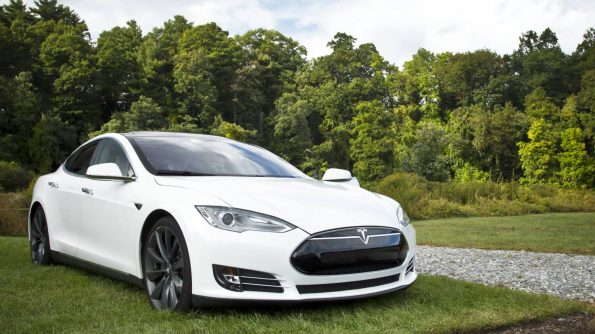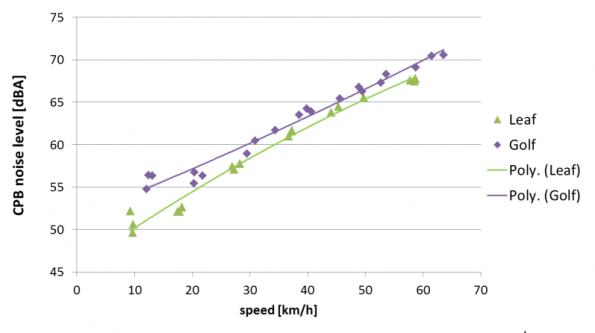When an electric car isn’t moving, it is virtually silent. It’s also so quiet at low speeds that manufacturers like Hyundai play a sound to alert pedestrians (the ones that are distracted by their smartphones or headphones). But what about when an electric car is travelling on a motorway? Is it as loud as a car with an internal combustion engine?
What is an electric vehicle (EV)?
It’s a car that uses batteries and an electric motor rather than a petrol-driven motor. There are variants that have both an electric motor and a petrol motor, but battery EVs are the quietest, like this Tesla.

However, whether it’s powered by electrons or petrol, a vehicle still has motion and that creates noise.
Roadway noise
Roadway noise is the noise that a vehicle makes while it’s moving. It consists of:
- Engine
- Aerodynamic (wind)
- Transmission and gears
- Brakes
- Tyre and road surface
Engine noise
At rest, an electric vehicle’s engine noise is negligible; it doesn’t have an ‘engine’ that burns fuel. It takes electrons from the battery when it needs them. You might hear the air conditioner or heater if that’s operating. When standing still there’s no tyre or road noise, and the only wind noise will be from the prevailing wind at its speed.
An internal combustion engine in a standard car, however, can be quite loud, even with a modern car with good mufflers.
Aerodynamic noise
Aerodynamic noise is the sound of your vehicle pushing the air out of the way, and that air becoming turbulent over its surfaces. Aerodynamic noise increases with speed.
Transmission noise
The transmission and gears great some noise as it’s essentially a bunch of metal components rotating and they have friction.
Brakes
When decelerating, the brake pads make noise on the brake discs.
Tyre and road surface
This is the largest component of the roadway noise and the type of tyres, the tyre pressure and the road surface have the biggest impact on how much this contributes to the volume.
EV vs internal combustion engine
In this graph, from a study by the Danish Road Directorate, the difference between a Nissan Leaf (electric) and a Volkswagen Golf (petrol) can be seen. The gap starts at around 5dB at 10km/h and narrows to between 2-3dB at 30km/h. 3dB is considered the minimum change in volume that most humans can detect.

Therefore this graph shows that once driving, EVs are only negligibly quieter than vehicles with an internal combustion engine. Of course, this is for your average modern car; when we start seeing electric motors in trucks, that could make more of a difference at low speeds.
